The Founders of Kadel Willborn Talk the Key to a Perfect Piece of Art
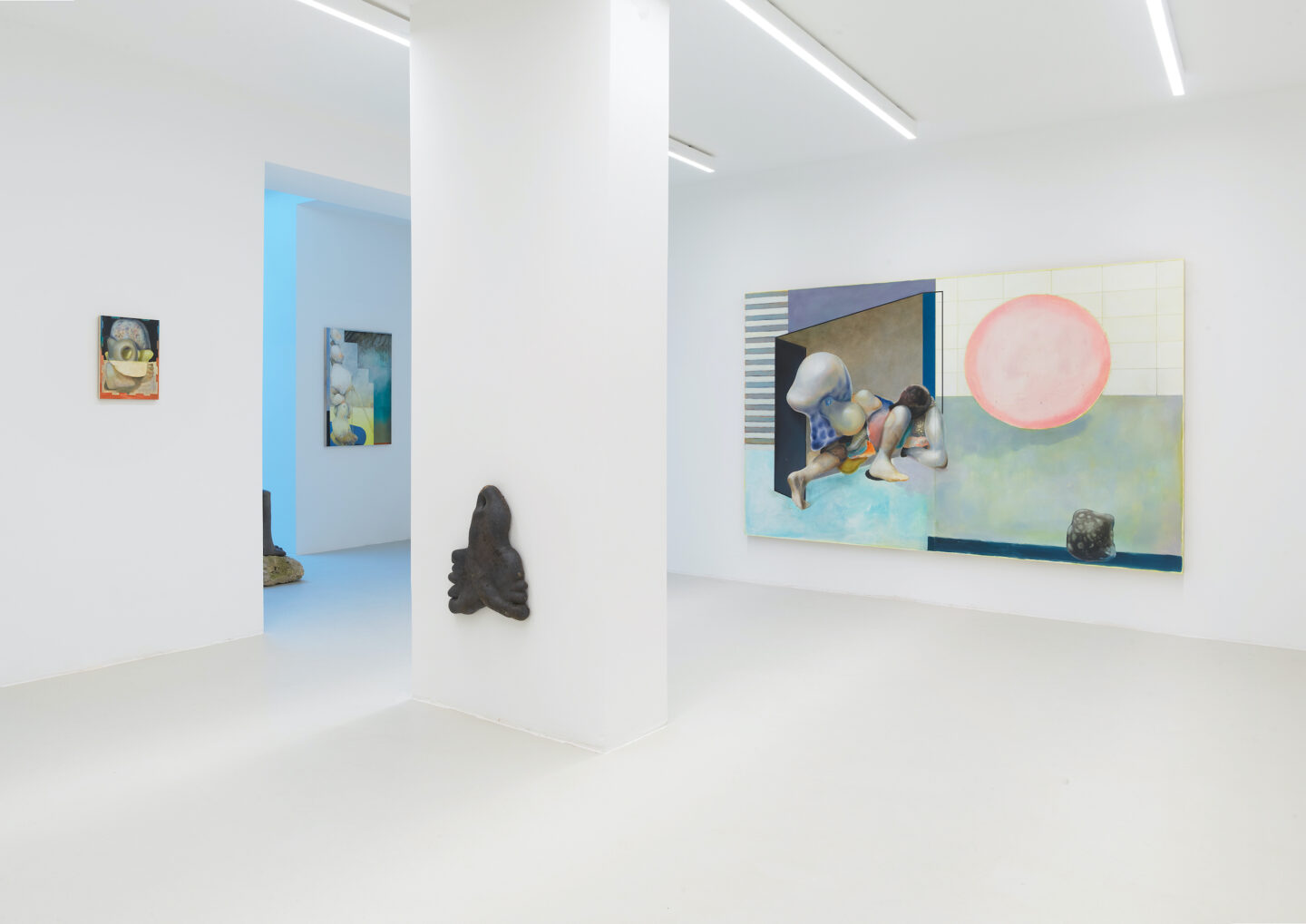

Words: Chris Erik Thomas.
For the duo, whose Düsseldorf-based gallery opened in 2004, there isn’t any reason to get into a fight. “We discuss every decision we make very carefully,” they explain over email. “We actually never have conflicts about an artist or an exhibition.” For nearly two decades, this simpatico approach has produced an enviable roster of artists, including young talent fresh out of art school and established positions with deep imprints on art history.
The gallery has taken a special interest in works of performance, conceptual, and body art, but there is no one medium that they prefer over others. For Kadel and Willborn, each artist they represent is carefully chosen. They approach art with a genuine passion, molding each relationship individually so that artists are free to experiment with their craft.
From April 8-10, the gallery will showcase a solo exhibition of works from abstract painter Helmut Dorner at their booth in Areal Böhler. Before they join this year’s edition of Art Düsseldorf, we talked to Kadel and Willborn about adapting to the pandemic, the origins of the gallery, and the secret to picking a good piece of art.
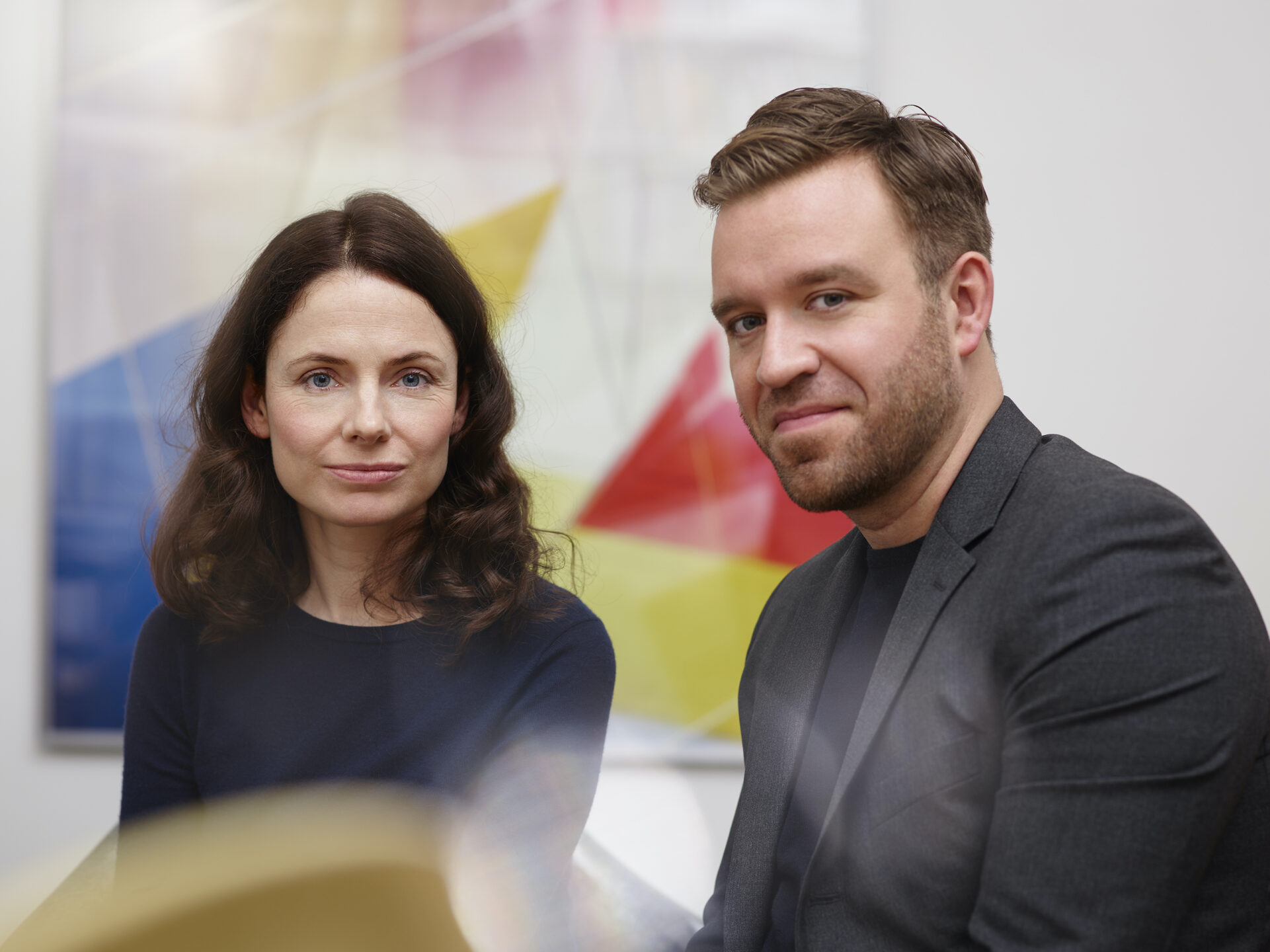
Iris Kadel and Moritz Willborn. Photo by Judith Wagner. Courtesy Kadel Willborn Galerie.
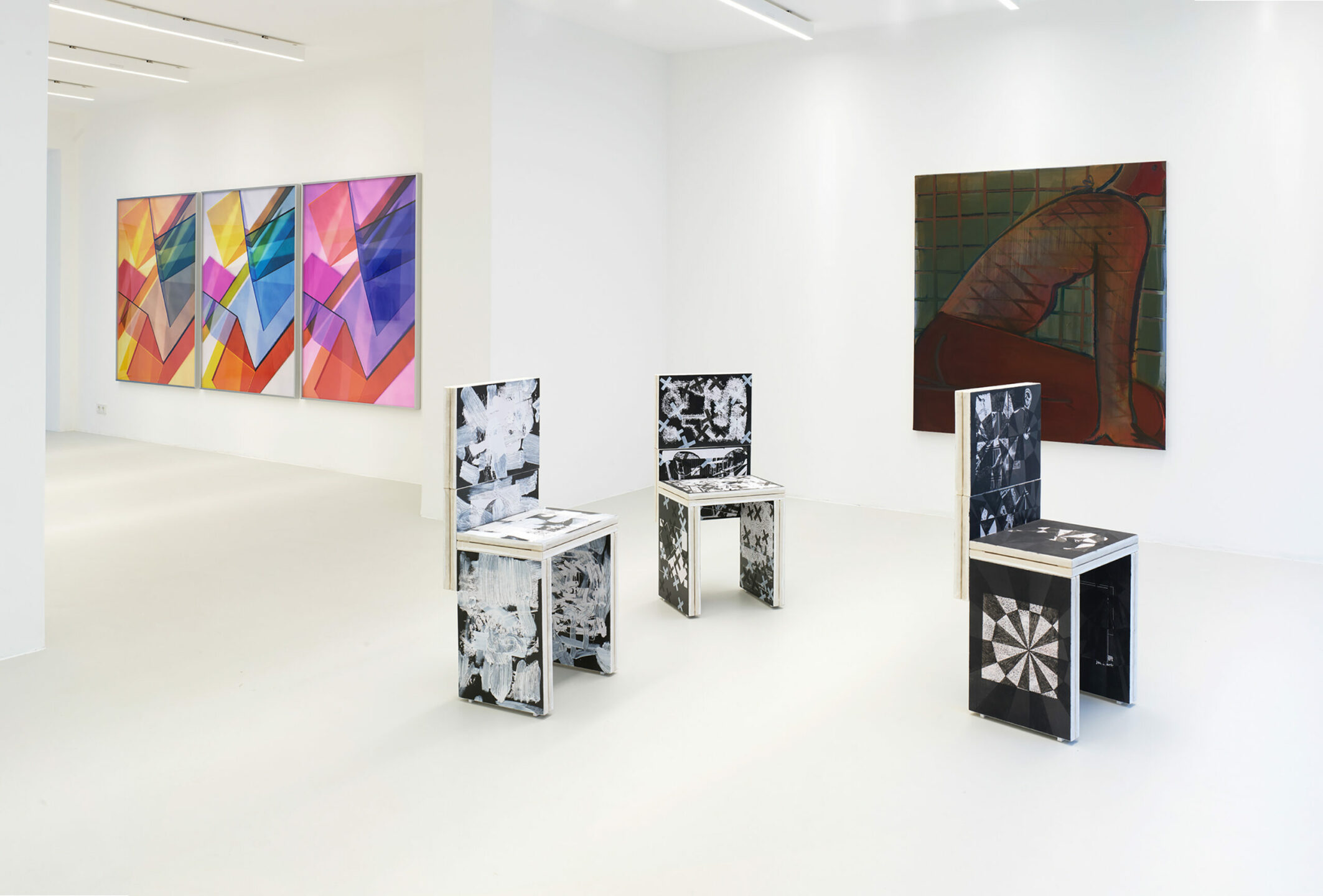
Installation view of "New Horizons", 2022. Courtesy: Kadel Willborn Galerie.
How did you pick the selection of art on view at Art Dusseldorf?
We focus on a solo presentation by the painter Helmut Dorner, who was born in 1952. He is closely related to the art scene in Düsseldorf in the 1970s, having studied at the Art Academy and living in Düsseldorf. But he is also included in many international museum collections, such as the Centre Pompidou [in Paris] and Museum Reina Sofia in Madrid.
His abstract paintings are always dealing with space, light, and color – or, as he says, “My currency is color and form.” After such a long period of exhibiting his work all around the world, we wanted to show his works at the place where his career began: Düsseldorf.
How did your gallery adapt to the pandemic?
As a gallery, you always have to adapt to new challenges. But someone once said: In every crisis, there is opportunity. Collectors all over the world had as much time as hardly ever before. So we stayed in close exchange with them and started to make films of every exhibition, featuring interviews of the artist in conversation with curators and collectors.
What is the key element to a good piece of art?
That it reflects the history of art and at the same time opens a perspective to its future.
What sets your gallery apart?
We have accompanied and built up the international careers of most of the artists we represent as a first gallery. That means we have been working with them since their graduation show and have a very close relationship with each of them, therefore, we are involved in every step of their career.
On the other hand, we have a fantastic group of artists that have already been extremely influential. Among them are artists like Helmut Dorner, Barbara Kasten, Inge Mahn, Ketty La Rocca, and Art & Language.
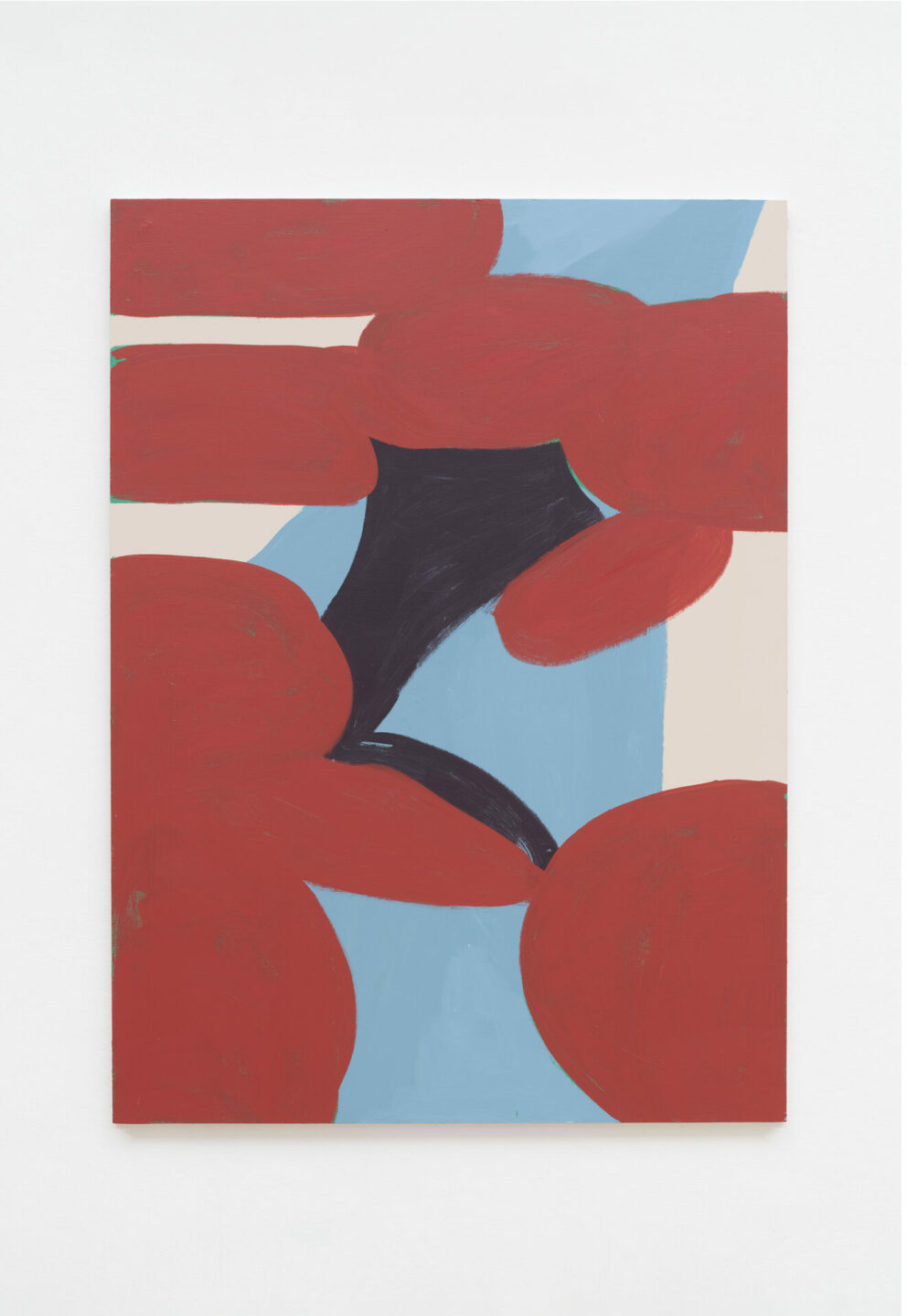
Helmut Dorner. "Kurbelachse", 2020. Acrylic on wood. 172,2 × 125,9 cm. Courtesy: Kadel Willborn, Düsseldorf. Photo: Heinz Pelz.
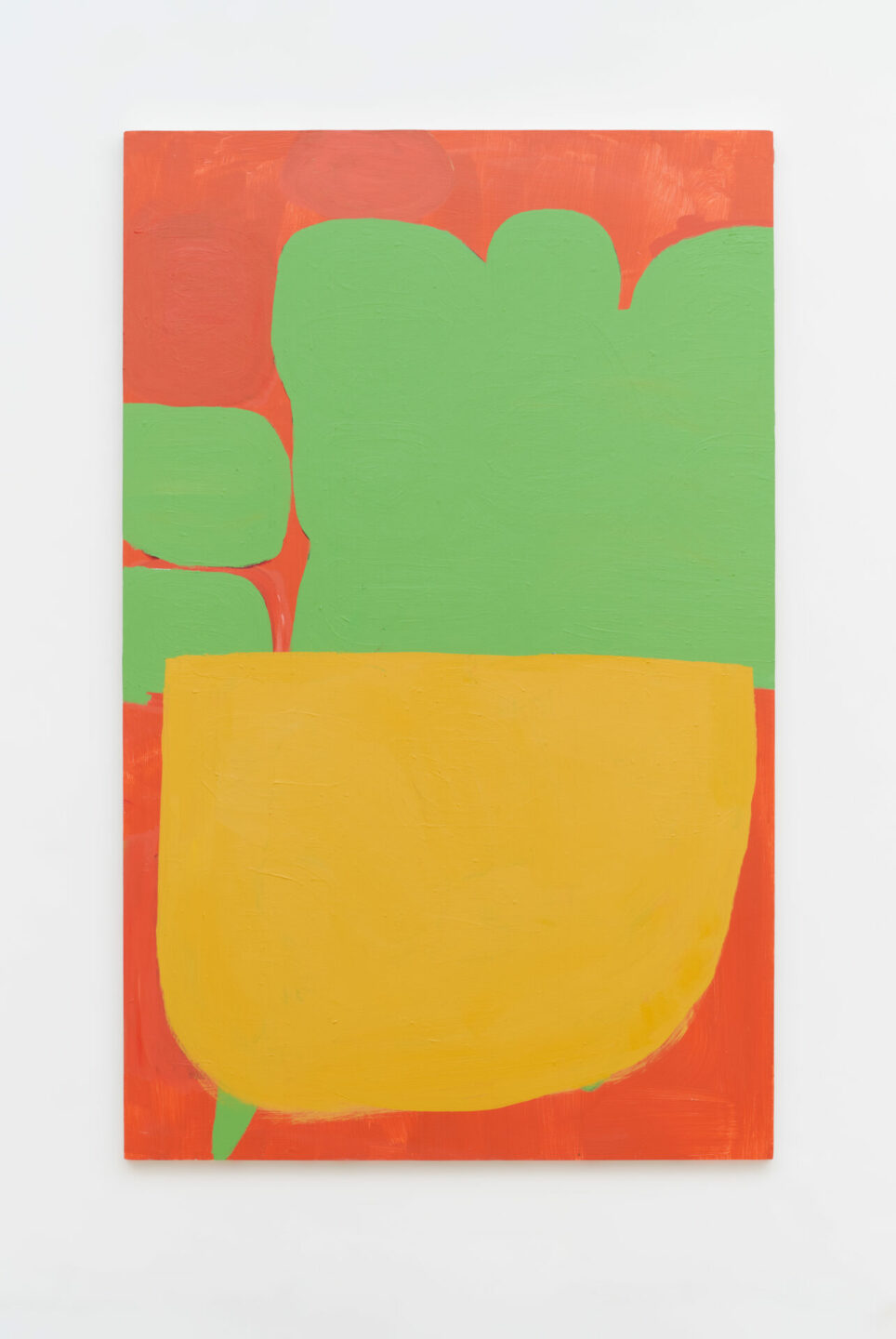
Helmut Dorner. "Short Hand", 2021. Acrylic on wood. 184.1 × 120.5 cm. Photo: Heinz Pelz.
What do you expect from art fairs in the post-pandemic landscape?
As we see with the war in Ukraine, there is no “one” post-pandemic landscape. The financial risk that galleries have to take to feature their artists at art fairs will be even higher. Art fairs have to adapt to that new situation as well and find ways to support the galleries facing that challenge.
How did you both meet and make the decision to start the gallery?
We both studied at the ZKM in Karlsruhe, which is where it all started. The main idea was to offer artists from our generation a platform to feature their work. As we had no financial support, this turned quite naturally into a gallery. More than 15 years later, we represent 20 artists and participate in up to six international art fairs a year.
What is the most fulfilling aspect of owning a gallery for each of you?
At the beginning of a collaboration with a new artist, there is just our common enthusiasm for the work. Sharing that enthusiasm with collectors and curators, placing the work in great collections and institutions, and growing and building a career together, can be extremely fulfilling.
Chris Erik Thomas is the Digital Editor of Art Düsseldorf. They work as a freelance writer and editor in Berlin and focus primarily on culture, art, and media. Their work can also be seen in Highsnobiety, The Face Magazine, and other publications.